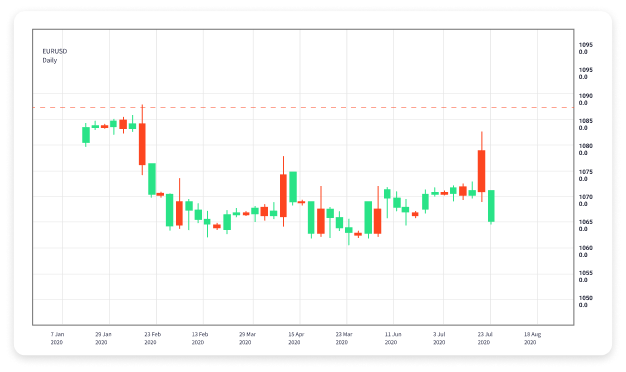
In the world of Forex trading, concepts like pips, lots, and leverage are often discussed, but one vital component that many traders overlook is the swap. The term 'swap' in Forex refers to the interest rate differential between two currencies that are being traded. This article will delve deep into what a swap is, how it works, and its implications for Forex traders. Additionally, we will explore strategies for managing swaps effectively and understand how to maximize their benefits in your trading practice. For more insights and resources on Forex trading, visit what is swap in forex trading Trading Area NG.
What is Swap in Forex?
A swap, often referred to as rollover, is the interest paid or received for holding a currency position overnight. When a trader opens a Forex trade, they are essentially borrowing one currency to buy another; the costs associated with this borrowing and lending process result in a swap. The swap is determined by the difference in interest rates between the two currencies in the pair being traded.
How Does the Swap Work?
To understand how swaps work, it’s crucial to know that each currency has an associated interest rate, set by its respective central bank. When you hold a position overnight, the broker calculates the swap based on the interest rate differential. If you are buying a currency with a higher interest rate compared to the currency you are selling, you may receive interest (positive swap). Conversely, if the currency you are buying has a lower interest rate than the one you are selling, you will pay interest (negative swap).
Types of Swaps
There are generally two types of swaps that Forex traders may encounter: positive and negative swaps. Understanding these types is essential for any trader looking to maximize their returns.
Positive Swap
A positive swap occurs when you earn interest on a position held overnight. For example, if you go long on a currency pair where the base currency has a higher interest rate than the quote currency, you'll receive a positive swap. This can be beneficial for traders who prefer to hold long-term positions, as the interest accrued can contribute to their overall profits.
Negative Swap
On the flip side, a negative swap means you are paying interest for holding a position overnight. This often occurs when you are long on a currency with a lower interest rate compared to the currency you are trading against. Traders who rely on quick trades or scalping may not be as impacted by negative swaps compared to those who hold positions for extended periods.
How is Swap Calculated?
The swap calculation involves several factors, including:
- The interest rates of both currencies in the pair.
- The size of the position (lot size).
- The direction of the trade (buy or sell).
- The broker's policy on swaps.
Most brokers provide a formula or a calculator on their trading platforms to help traders understand how much swap will be applied to their positions based on these factors. Typically, the calculation can vary from one broker to another, so it's advisable to check with your broker for specific details.
The Impact of Swap on Trading Strategies
The swap can significantly impact your overall trading strategy. Here are some considerations:

Long-Term Trading
For traders who prefer to hold positions for an extended period, understanding the swap is vital. A positive swap can enhance profitability, making certain currency pairs more attractive for long-term investments.
Short-Term Trading
Short-term traders may be less affected by swaps as they close their positions within a day. However, being aware of the swap is still essential, especially if you're trading just before rollover times (typically around 5 PM EST) when swaps are applied.
Carry Trade Strategy
The carry trade strategy involves borrowing funds in a currency with a low interest rate and investing them in a currency with a higher rate. This strategy relies heavily on positive swaps to generate profits, as traders can benefit from both the interest rate difference and any capital appreciation of the currency pair.
Managing Swaps Effectively
To manage swaps effectively, traders should consider:
Choosing the Right Broker
Different brokers have different swap rates, so it's important to choose one that aligns with your trading style. Some brokers even offer swap-free accounts, particularly for traders who want to avoid swaps for religious reasons.
Monitoring Economic Indicators
Changes in economic indicators can influence interest rates, which in turn affect swap rates. Staying informed about central bank decisions, inflation rates, and economic performance can help traders anticipate changes in swaps.
Understanding Swap-Free Options
For those who wish to avoid swaps entirely, some brokers offer Islamic accounts that do not charge swaps. Researching and understanding the options available can be beneficial, especially for traders who want to comply with certain religious practices.
Conclusion
The concept of swap in Forex is a critical aspect that can significantly impact trading outcomes. Whether you are engaging in long-term strategies that benefit from positive swaps or short-term trades that may incur negative swaps, having a thorough understanding of how swaps work is essential for effective trading. Analyzing interest rate differentials, utilizing brokerage tools for swap calculations, and making informed decisions based on your trading style will help you navigate the complexities of swaps and improve your overall trading success.
